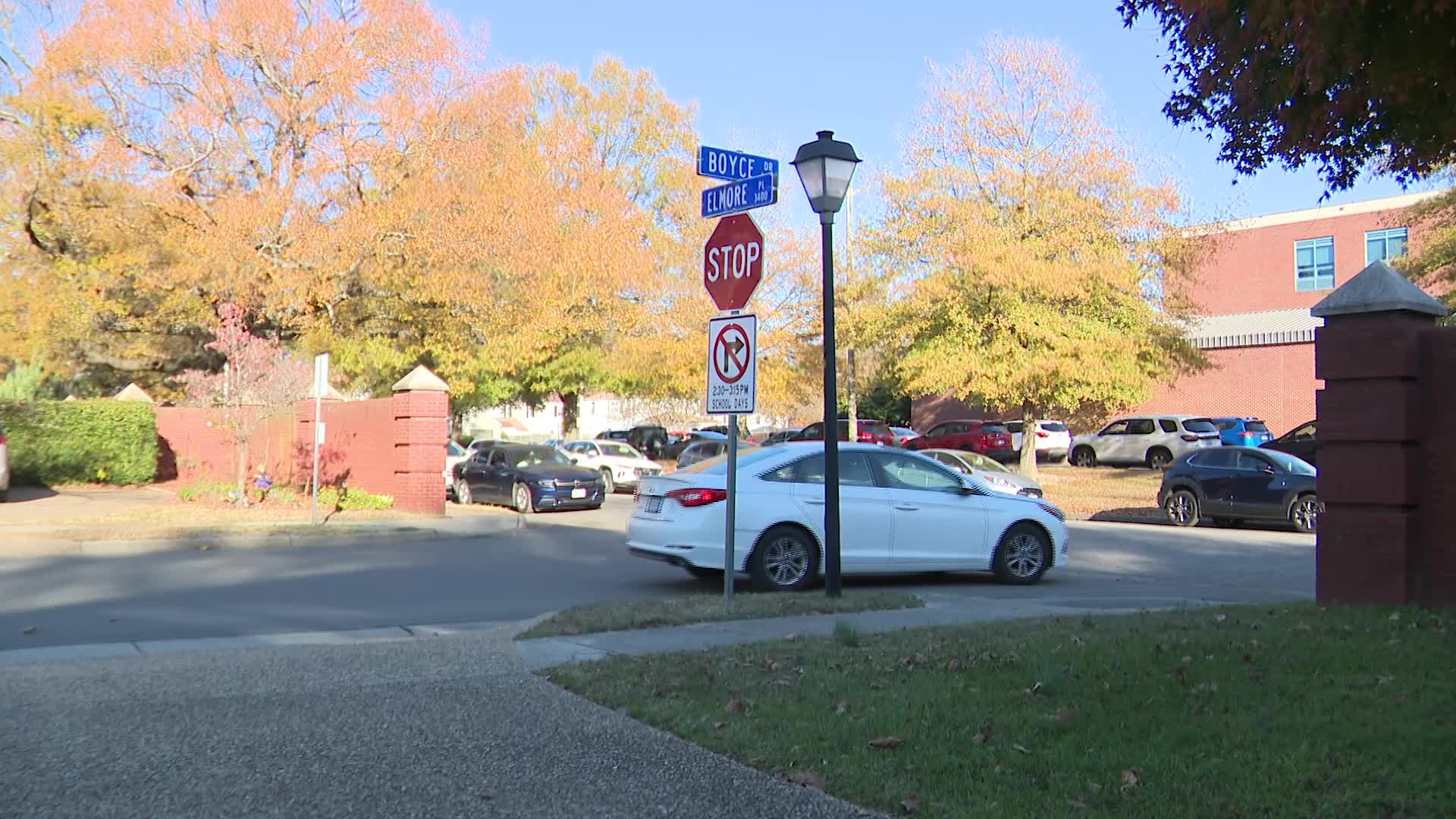HAMPTON ROADS, Va. (WAVY) — Election day is here, and there’s a lot at stake on the local, state and national level.
In the race for president, the latest Des Moines Register poll shows Vice President Kamala Harris slightly ahead of former President Donald Trump.
It shows Harris with a 47%-44% lead over former President Donald Trump, which is just inside the margin of error.
Now, this is significant because Iowa is thought to be a safe Republican state that showed Trump with a four-point lead in September, but now shows him behind.
The Trump campaign has dismissed that new poll as an outlier.
10 On Your Side asked Old Dominion University political analyst Dr. Ben Melusky what that new poll from Iowa means.
“So I think when you dive into it a little bit deeper, it was 800-and-some respondents and they have a margin of error of 3.4%, so, it was still within the margin of error, and I think it tells us more, just generally, what is going on trend-wise,” Melusky said. “If you dig deeper into the poll, it showed the very significant gender gap advantage for Vice President Harris, and that is what we’re seeing in a lot of states. Trump is struggling to appeal to women.”
In a recent gender gap poll from NBC News, Trump leads Harris 58%-40%, but Harris leads Trump among women 57 to 41%. That is a gender divide of 34%.
“Absolutely — women’s right to choose is [part of the reason for the divide],” said Norfolk State University political and legal analyst Dr. Eric Claville, “and abortion is the number one issue that I believe that women are breaking for.
Melusky thinks the gender gap is one of the reasons Harris will win.
“Kamala wins because several reasons — one, she’s been able to take advantage of a gender gap between her and Donald Trump,” Melusky said. “She wins because in marginal districts, she’s able to drive out a stronger vote and she wins potentially on issues driving maybe part of that gender gap. Issues like abortion.”
However, the gender gap also works against Harris.
“I believe that the gender issue becomes the last glass ceiling to be broken,” Melusky said. “When we look at the top office, … we are still in the age where men cannot vote for a female president. … I believe we’re in that age, even in the workplace.”
Said Claville: “I believe gender plays a major role in this, and I believe that not only just men, but you have some traditional women that don’t believe that women should be over a man or in a position of that of authority over men. So, once again, I believe it’s gender, which is the last glass ceiling to be broken, and it’s very possible to be broken tomorrow night.”
In their own opinions, based on their research, who do these two analysts think will win and why?
“If Trump loses this election, I believe it’s going to be several issues, but she loses because Donald Trump was able to drive out low propensity voters,” Melusky said.
The Harris campaign thinks she wins on the issue of choice.
“I believe the gender gap will play the most important role,” Melusky said. “The number one role, I believe, is based upon the women’s right to choose. … She loses because Donald Trump was able to drive out low propensity voters. She loses because Donald Trump was able to win on certain issues that are on the forefront of the mind of the electorate, like the economy and immigration.”
Melusky also thinks if Trump loses, it’s because of what voters know about him.
“He loses because she was able to drive out issues on the candidate qualities of Donald Trump, be it his court cases, he comes out or she wins because his language and kind of divisiveness in the electorate,” Melusky said.
Dr. Claville also says Trump was more focused on messaging.
“I think if Trump wins this election [it’s] because of messaging, focusing on the economy, focusing on immigration, and packaging that message to fit his narrative,” Claville said.
Claville thinks Harris’ message needed more attention on report carding Donald Trump’s presidency.
“Secondly, I think he wins,” Claville said, “because the Democrats did not cause Americans to remember his first four years of his first administration.”





